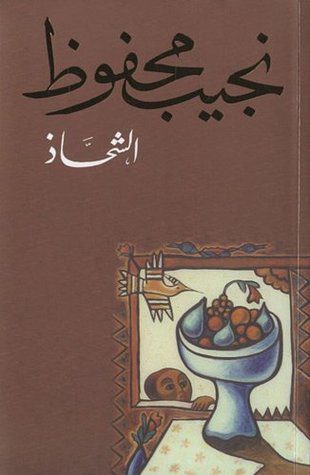 The Beggar
The Beggar


“Soon the past will emerge from prison, and existence will become more of a torment.”(p.23)
Naguib Mahfouz’s The Beggar (1965) draws readers into the psychological woes of Omar El Hamzawy. The novel is set in Cairo of the 1950s, centring on the internal and external dialogues of the main protagonist Omar El Hamzawy. Omar is a middle-aged lawyer with two daughters and a wife called Zainab, a girl he loved in his early days as a student. She converts to Islam from Christianity and severs ties with her family as a result. She rebels against them for the sake of love and the shared sense of commitment she has with Omar towards achieving radical social change, motivated by creativity and guided by socialism. But twenty years into their marriage, Omar’s perspective of Zainab transforms. She comes to represent the figurative backbone of their bourgeois lifestyle.
“Omar grew sick with this luxury, and his wife had become the exemplary symbol of the kitchen and bank. Ask yourself whether the Nile beneath us does not despair.” (p.18)
As a law student, Omar was an ardent revolutionary and dreamful poet. But at the age of 45 he is portrayed as disillusioned, fatigued and at odds with the emotional and socio-political wreckage of the post-Nasser era. The novel opens with Omar attending a doctor’s appointment, where he complains to the doctor, Mustapha, that he is fatigued and finds himself incapable of doing legal work anymore. Mustapha was once a friend and artistic collaborator to Omar, but he now leads a life void of art and is devoted solely to science. Mustafa starts inquiring, asking him to describe his symptoms. Omar begins to explain his condition hoping for a clear-cut diagnosis that would undo his perpetual fatigue. But, after conducting a series of extensive examinations, Mustapha informs him that all he needs is a simple change of lifestyle choices, pushing him to take a vacation somewhere and alter his diet. Omar is still at odds with Mustapha’s verdict. He attempts to reconcile with this resurgence of the past brought on by Mustapha’s presence and his medical advice, which he is still reluctant to accept. He, nonetheless, goes on to take Mustafa’s advice and goes away with his family by the beach. Writing to him all the while of his progress, whilst slipping deeper and further into his past through their exchanges.
Omar’s character often succumbs to a stream of internal monologues separated from his surroundings, negating the circumstances which surround him. He centres his existence towards his feelings of a void, of emptiness. While he is away and thus distanced from his work responsibilities, he becomes physically healthier. But paradoxically his quest for psychological renewal is met with the death of his conscience. His alienation and general indifference towards existence push him into a dynamic of internal solitude. His lethargy, which started with work, split into his entire life. He becomes intolerable towards his family, sacrificing a relationship with his devoting wife and his daughters for a series of illicit love affairs with different women. Drinking and “living” seeking meaning in the ecstasy of rebellion. As if he finds in shamelessness a means of conquering fear and defying conflict. But he remains alienated, uncured.
“The ecstasy of love fades, and the frenzy of sex is too ephemeral to have any effect. What can we do when we find no food to satisfy our hunger? (p.95)
By using internal dialogue, Mahfouz reveals what is happening in the depths of Omar’s psyche. A character who is consistently banished back into the abyss of his past to make sense of his presence. Blurring the lines between past and present, through the retelling of memories or through the protagonist’s surrendering to nostalgia as a coping mechanism, Omar becomes not only alienated from his work or family but from his very own life and self. As Omar attempts to escape, he finds the spectres of reality chasing him even in isolation. Denoting little power to himself or his density. By reading the internal thoughts of the central character, we also learn about other characters in the novel and vice versa. Other characters are not separate entities to Omar in this sense, considering we know nothing about them besides the projections rendered to us by Omar. Mahfouz transports the reader into the mind of the central character whilst stimountainsly allowing us to understand the conscience of an entire nation, as it struggles to find a balance between the sometimes incompatible interests of art and science, realism and idealism.
Bibliography:
Mahfouz, Naguib. The Beggar. United Kingdom, Knopf Doubleday Publishing Group, 2016.
Featured image: Naguib Mahfouz’s The Beggar book cover.


 The Beggar
The Beggar 

